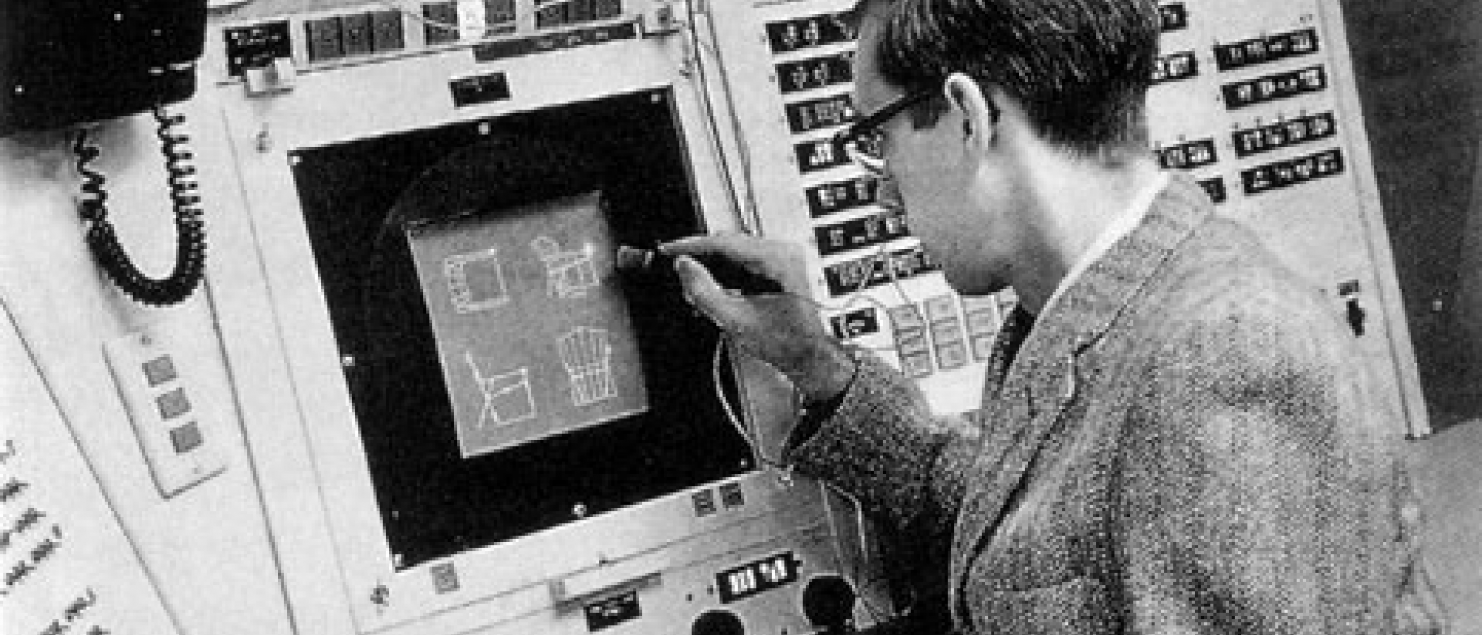
The Original Digital Twin
Today we are bombarded with the concept of the “Digital Twin”. Digtial Twins are everywhere. However, it appears to me that everyone has a different opinion of what a Digital Twin is and is not (this is definitely a subject for a future article). If we can agree that, simply put, a Digital Twin is no more than a software representation of some real world “thing”, then Digtial Twins have been around since pretty much the birth of modern digital computing.
So what was the first Digital Twin? The first widely recognised Computer Aided Design / Engineering system was pioneered by Ivan Sutherland at MIT in 1962 for his PhD thesis. This system was named SketchPad. Ivan’s work included a number of key modern computing concepts including object orientation, graphical user interfaces and, of course, computer graphics.
That’s cool, how was it built in 1962?
Good question. Ivan was studying at the Lincoln Laboratory and had access to MIT’s own custom built digital computer - the TX-2. Development of the TX-2 started in 1956 as a spin out from the SAGE system built for the US Air Defence Network. This system had 22,000 transistors and was one of the most powerful computers of the late 50s early 60s. At the time of Ivans work the system had 320kb of RAM, 8Mb magnetic tape and, key for SketchPad, a 1024x1024 pixel display. This system was big, took up ~93 square meters and the 320kb memory core alone was nearly one cubic meter! The picture below gives up some idea of the scale of this thing.
Got the hardware, what about the CAD software?
As you might expect for a software program as complex as a CAD system in the early 60s, SketchPad was written in TX-2 OpCode. However, it was some of the software architecture principles that underpin the system design that made SketchPad pioneering. In particular concepts of object orientation in graphical representation. Ivan also pioneered computer graphics concepts such as clipping, viewports and most importantly constraints driven design - the basis of all 3D modelling tools used today. Ivans original thesis is available here. However, if you really want to sense of the pioneering work of Ivan Sutherland, watch this amazing YouTube video on SketchPad filmed at MIT in 1963!
So the next time some technology company tells you they have pioneering “Digital Twin” technology, just send them a link to this video!